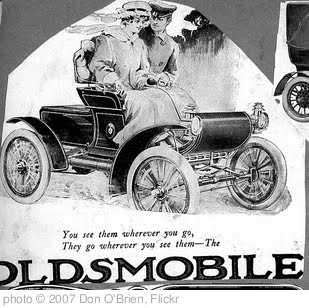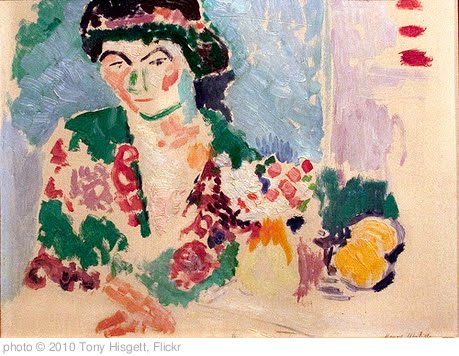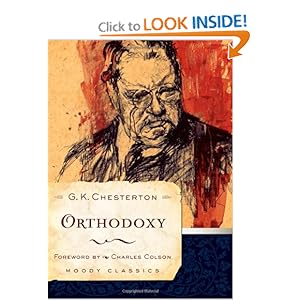 Lucy Darrington, age twelve, runs away from her school in San Francisco and rides a train to the Pacific Northwest where her father, a scientist and expert ghost clearer, has been searching for a job. Mr. Darrington promised Lucy that he would send for her as soon as he got settled, but Lucy hates her prim and proper nineteenth century school so much that she just can’t wait.
Lucy Darrington, age twelve, runs away from her school in San Francisco and rides a train to the Pacific Northwest where her father, a scientist and expert ghost clearer, has been searching for a job. Mr. Darrington promised Lucy that he would send for her as soon as he got settled, but Lucy hates her prim and proper nineteenth century school so much that she just can’t wait.
When Lucy arrives in Saarthe, the place where her father is supposed to be living, she finds that he has gone missing. Lucy’s father is probably lost on a peninsula called The Devil’s Thumb, where a rare and magical tree called the Dreamwood may hold the key to curing the Rust, a blight that is killing all of the trees. If Lucy goes in search of her father, will she get lost in the Dreamwood, too?
The unusual setting for this middle grade fantasy deserves a bit of analysis and meditation all on its own. The scene is recognizable as the Pacific Northwest: north of San Francisco, trees and lumberjacks, totems and native peoples, Pacific Ocean to the west. The time period is “forty years after the bloody North-South War,” so perhaps around the turn of the century? However, instead of the United States, we read about “the American States” juxtaposed against “the First People’s Federation territory.” The author says she chose to “imagine an America where—in some places, perhaps—there was a different outcome to the wars and policies that have shaped the history of indigenous peoples on this continent.” Part of that different outcome involves an imagined group called the Lupine Nation, whose princess, Niwa, becomes Lucy’s friend and encourager.
So, we could add this fantasy to a “diversity in middle grade speculative fiction” list, even though Niwa is not the leading character in the novel. Not many middle grade fantasies involve Native American peoples at all, real or imaginary ones. The villain of the piece is the typical Big Businessman. (Why are all fantasy villains either fat greedy businessmen or skinny witches?) The children who go on the quest to find Mr. Darrington and the Dreamwood, Lucy and her friend Pete, are typically intrepid and tenacious, but they do have faults which are teased out in the narrative as their journey uncovers their weaknesses and causes growth in character and in wisdom for the children.
As I began reading about ghost clearing and magical trees, I wasn’t sure I’d like this one, but I did. The ending is as unusual as the rest of the novel, and I”m still not sure what to think about the sacrifice that is required of Lucy in the end. But it did make me think, which is always a good thing. The Dreamwood forest reminded me of Tolkien’s forests and Old Man Willow, dark and dangerous. The exorcism-as-a-business-opportunity reminded of Jonathan Stroud’s recent Lockwood & Co. series. And the atmosphere and setting as a whole were unique and enthralling.
Amazon Affiliate. If you click on a book cover here to go to Amazon and buy something, I receive a very small percentage of the purchase price.
This book is also nominated for a Cybil Award, but the views expressed here are strictly my own and do not reflect or determine the judging panel’s opinions.




